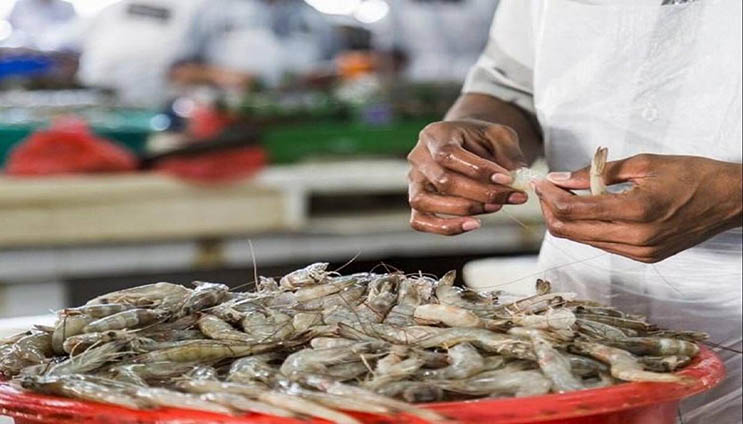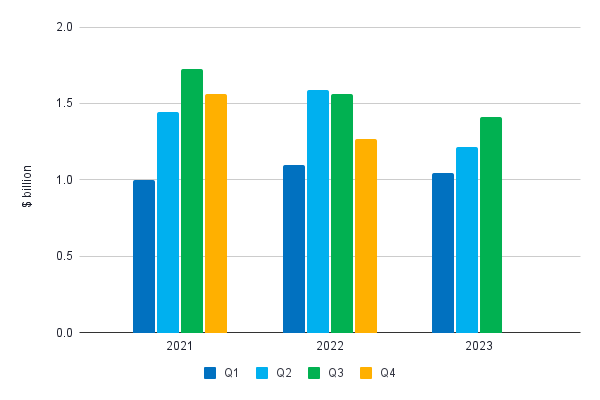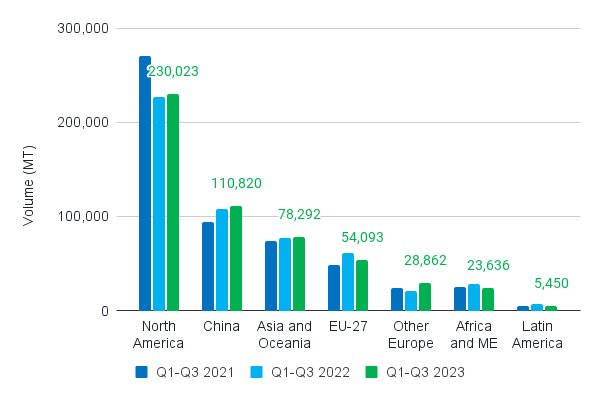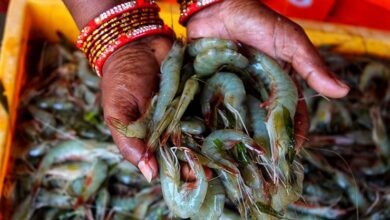
Shrimp demand increased dramatically worldwide in the early 1980s, notably in China and the United States. India was well-positioned to enter the expanding shrimp farming sector, thanks to its tropical environment, vast coasts, and substantial workforce.
The Indian shrimp industry received an additional boost when it began farming the Vannamei shrimp. As a result, the shrimp sector contributes significantly to India’s entire seafood basket.
However, the Indian shrimp industry has taken a severe hit and lost its crown. India, formerly the world’s leading shrimp exporter, is now fighting to regain its prior status.
A variety of factors have contributed to this tremendous setback.
The epidemic dealt a catastrophic $1.5 billion hit to India’s shrimp industry. During 2020-21, shrimp exporters were drowning in excess stock due to an unexpected oversupply caused by supply chain snarls.
The industry’s troubles were exacerbated by decreasing appetites for shrimp as a result of lockdowns and eating restrictions. As a result, shrimp prices fell to the ground.
Although shrimp prices began to rise in FY24, they remain beneath pre-pandemic levels.
However, India’s export value is declining. While export volumes have not yet declined, the year-total export value in Q1-Q3 2023 fell to $3.7 billion, a 13% year-on-year decrease. This echoes the negative pricing trend that exporters have seen in the United States and China, India’s two main export destinations.

Source: Ministry of Commerce, India
Traditionally, the United States is the biggest importer of shrimp from India. As of FY23, it contributed to 33% of total shrimp exports from India. However, the dependence on the United States marketplace has surprisingly backfired.
Due to the epidemic, shipping freight prices skyrocketed, resulting in a drop in export volume. At the same time, Ecuador benefited from its geographical closeness to Western markets, giving it a logistical advantage over its Asian competitors.
As the United States began to negotiate trade agreements and lower tariffs with Ecuador, it signaled a trend toward diversifying its shrimp supplies and lessening its reliance on India. Furthermore, Ecuador’s competitive price mirrored that of India, resulting in a win-win situation for both the United States and Ecuador. The situation exacerbated when the US placed a 3.8% anti-dumping charge on select Indian shrimp.
India’s exports to the US, its largest market, fell between 2021 and 2022. But by 2023, they had steadied and grown by 1%. Furthermore, shipments to the EU fell by 12%, to 38,119 MT. Belgium and the Netherlands remained the EU’s major marketplaces for Indian shrimp.
While exports to Belgium increased (16% year on year), shipments to the Netherlands fell 15% year on year to 2021 levels. Exports to France, the EU’s third largest market, fell by a stunning 54%.

Source: Ministry of Commerce, India
Furthermore, the rise in shrimp feed has contributed to the shrimp industry’s declining trajectory.
Shrimp feed contains a specific diet designed to ensure the life and growth of shrimp. It is made from three main ingredients: soybean meal, fishmeal, and wheat flour.
Over the last three years, the feed sector has seen price instability, notably as a result of a 40% spike in fishmeal costs owing to worldwide shortages. This increase has squeezed the purse strings of many farmers, reducing profit margins.
India’s shrimp sector is at a crossroads, trapped between opportunity and risk. In a deliberate bid to boost the shrimp business, the Indian government is reducing customs taxes on shrimp feed from a high 15% to a more manageable 5%. Furthermore, by establishing an ambitious export target and taking prudent measures, the country may reclaim its lost place in the sector.
Jaber Bin Abdul Bari
Department of Oceanography, NSTU




